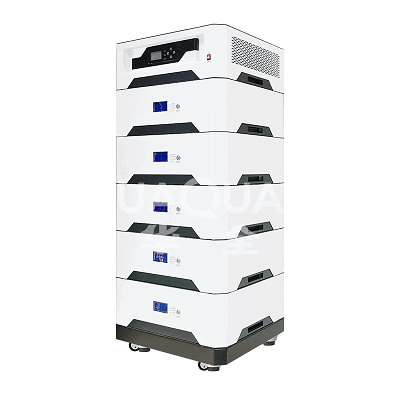
Energy containers are revolutionizing energy storage, but they’re not a one-size-fits-all solution. Let’s weigh their advantages and disadvantages.
Advantages of Energy Containers
- Scalability: Modular designs allow expansion as energy needs grow.
- Renewable Integration: Perfect for storing solar/wind power to reduce grid reliance.
- Resilience: Critical for hospitals, data centers, and disaster-prone areas.
- Cost Efficiency: Lowers peak-demand charges and avoids costly grid upgrades.
- Sustainability: Often paired with recycled materials or second-life EV batteries.
Disadvantages of Energy Containers
- Upfront Costs: High initial investment, especially for hydrogen or flow battery systems.
- Space Requirements: Large units may need significant land or floor space.
- Lifecycle Emissions: Rare earth metals in batteries raise environmental concerns.
- Complexity: Requires skilled technicians for installation and maintenance.
- Regulatory Hurdles: Permitting delays for grid-connected systems in some regions.
